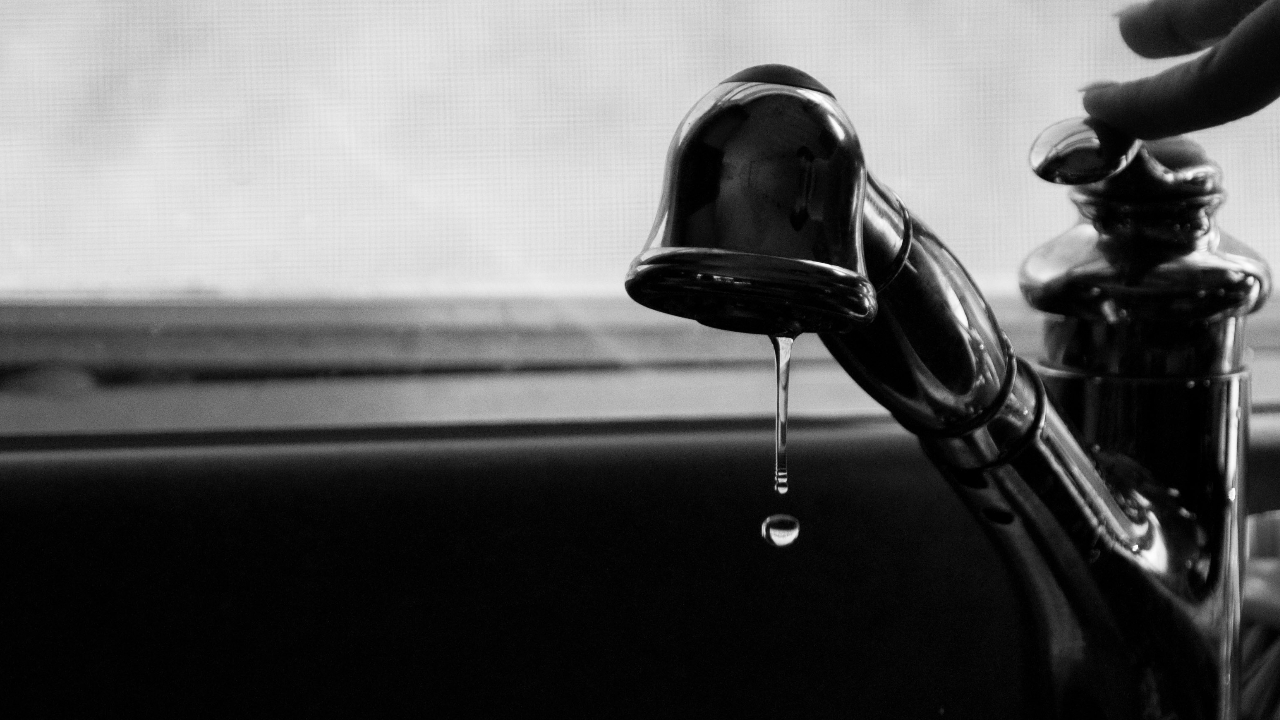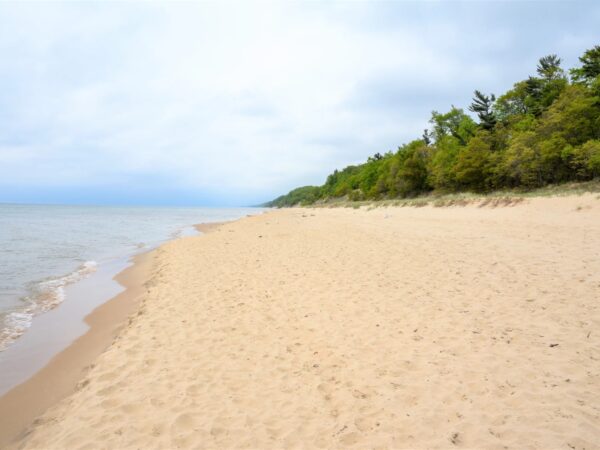
MINNEAPOLIS (AP) — During the last few legislative sessions, several groups that represent cities in Greater Minnesota unified around a major request: more money for Local Government Aid, the longstanding cost-sharing program that helps cities cover their expenses.
That campaign paid off as Gov. Tim Walz signed legislation that boosted the amount of money put into the program by more than $30 million for both 2020 and 2021. This year, cities have coalesced around another financial-aid request, this time for money that would help them pay for aging wastewater and drinking water facilities.
Walz has included $200 million for such projects in a proposed $2.6 billion infrastructure spending bill that would pay for an assortment of initiatives across the state. It’s just a starting point, of course, as the amounts are likely to change; bonding packages must garner broad support – three-fifths of the votes in both the House and Senate – to pass the Legislature.
___
The nonprofit news outlet MinnPost provided this article to The Associated Press through a collaboration with Institute for Nonprofit News.
___
One of the main groups behind the push for water money is the Coalition of Greater Minnesota Cities, an organization that represents about 90 cities outside of the Twin Cities region.
Bradley Peterson, the coalition’s executive director, said the cost of fixing water facilities can be a significant burden, especially for small towns. “Relatively small communities that have to come up with $7 million or $8 million dollars? It’s different (for them) than for larger cities or those in the metro where you can spread that cost out over a broader base (of taxpayers),” he said.
According to the coalition, more than 300 cities in Minnesota are working on water projects of some kind. The Minnesota Pollution Control Agency, meanwhile, predicts that $5 billion will be needed over the next 20 years if cities are to keep up with wastewater infrastructure needs.
Not every project made the governor’s list.
Officials in Two Harbors, on the North Shore, are working on a $22 million project to renovate a treatment plant that has parts dating to the mid-20th century. In recent years, the city has occasionally had to send untreated “graywater” – such as runoff from showers and sinks – into Lake Superior, according to Mayor Chris Swanson.
Swanson said the city has covered the engineering and preparation costs of the project but is seeking $12 million in state aid. The governor’s proposal, however, does not include the Two Harbors project, so Swanson hopes the funding will be added during negotiations or, perhaps, set aside in other legislation. With state help, residents’ water bills could jump from about $75 a month to $120 or so over the next decade, he said. Without that aid, those bills could reach $180 a month.
“It’s not a Republican or a Democratic issue,” he said in expressing his hope that his city and others will get the funding they need. “This is about as bipartisan as it gets.”
Walz’s water package would generate $200 million for three programs that cover wastewater and drinking water projects, specifically. (His administration is also proposing to spend another $100 million on other water-related initiatives, such as the replacement of sewer pipes and the cleanup of groundwater contamination.)
A sampling of the amounts that cities are requesting: $11 million in Babbitt, on the Iron Range; $6.3 million in Wells, in southern Minnesota; $7.9 million in Wood Lake, in the west-central region; $20 million in Foley, northeast of St. Cloud; $10.4 million in Melrose, along Interstate-94 in central Minnesota.
Featured Image: Faucet with dripping water, Photo by unknown via peakpx.com cc 0.0




